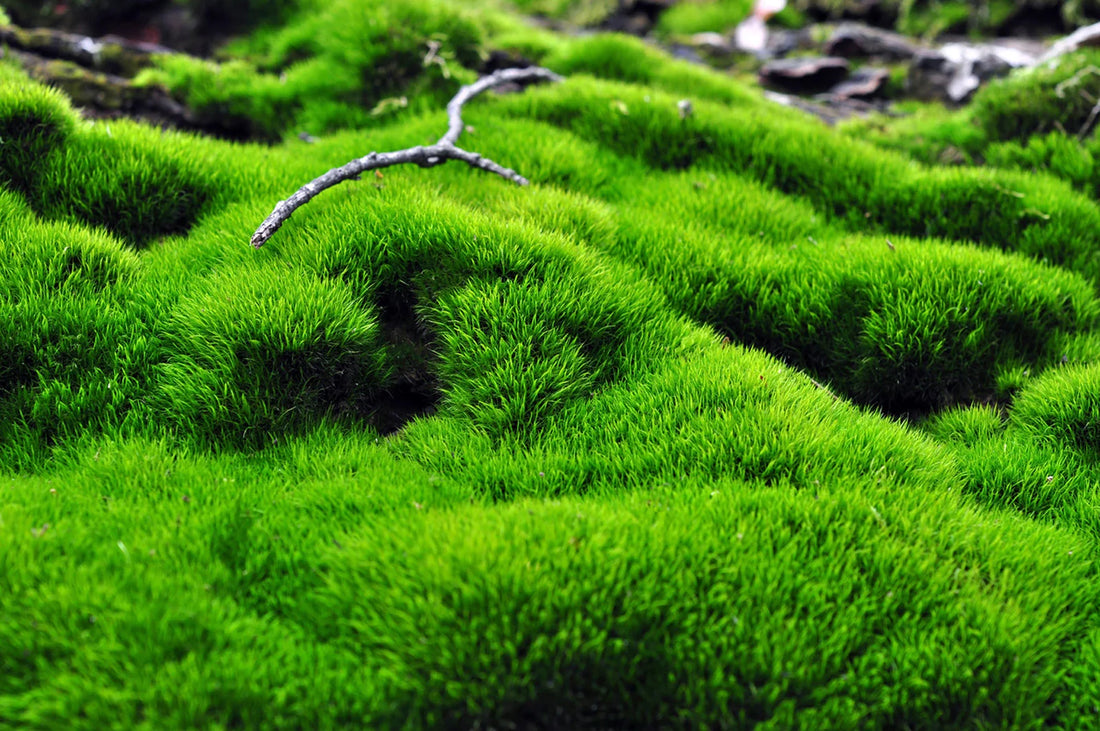
How Moss Reproduces and spreads
Share
Moss has evolved to grow and spread in harsh circumstances, so it is interesting to understand how the plant develops and why specialist solutions are required to kill and prevent its spread.
Mosses do not fall into the "usual" type of plant type possessing roots, stem, flowers, fruit and seeds as they have none. Moss plants are usually composed of simple leaves, one cell thick, attached to stems, which do not conduct water and nutrients as "usual" plants would. Instead of roots, moss has threadlike rhizoids, used purely to anchor them to the surface. As moss absorbs water and makes nutrients by photosynthesis through its leaves and does not require to be rooted to survive, it is very easy for the plant to spread and grow in harsh circumstances. It is equally as difficult to eradicate, as long as it has its two most important requirements, water and sunlight. Moss is usually most evident on north facing roofs, walls and trees. This is not because of the lack of sunlight but because this side has a less dry environment.
In addition, moss has evolved to survive dry periods. Many mosses can go without water or rainfall for months and will return to life within a few hours of rehydration. Without treatment, the moss on your roof, patio or tennis court may seem to have disappeared over the summer, only to return and thrive as soon as autumn arrives.
Moss can spread in different ways; spore dispersal through wind and insects, fragmentation and shoot growth.
Fragmentation: Just a tiny part of moss can develop into a larger plant and spread over time to cover a large area. Many mosses produce structures called gemmae on leaves or branches which are designed to break off and form new plants without the need for fertilisation. This type of asexual reproduction will lead to new populations of clones as long as the new area of growth provides the requirements of sunlight and water.
When trying to remove moss manually, such as with a brush, often the operator will spread parts of the plant or even aid the dispersal of spores. This can be beneficial to moss reproduction in new areas. It is therefore essential that a systemic chemical mosskiller is used afterwards to kill and prevent the growth of spores.
Shoots: Moss can also spread by sending out shoots. It is very simple for moss to quickly spread along cracks between paving stones for example. When using a tool to scrape moss from cracks, much of the plant can be left behind to regrow and so it is essential to apply a solution to systemically kill the parts left behind.
Spore Dispersal: As moss lies flat to conserve moisture and protect itself from airflow (see article about moss survival) then when it comes to the time for reproduction and the need for dispersal of spores to new areas, the plant will extend shoots or setae with capsules containing spores so that they can be caught by the wind. Sunlight will often make this display quite spectacular as they appear red and gold. This is an ideal time to treat moss growth before it spreads.